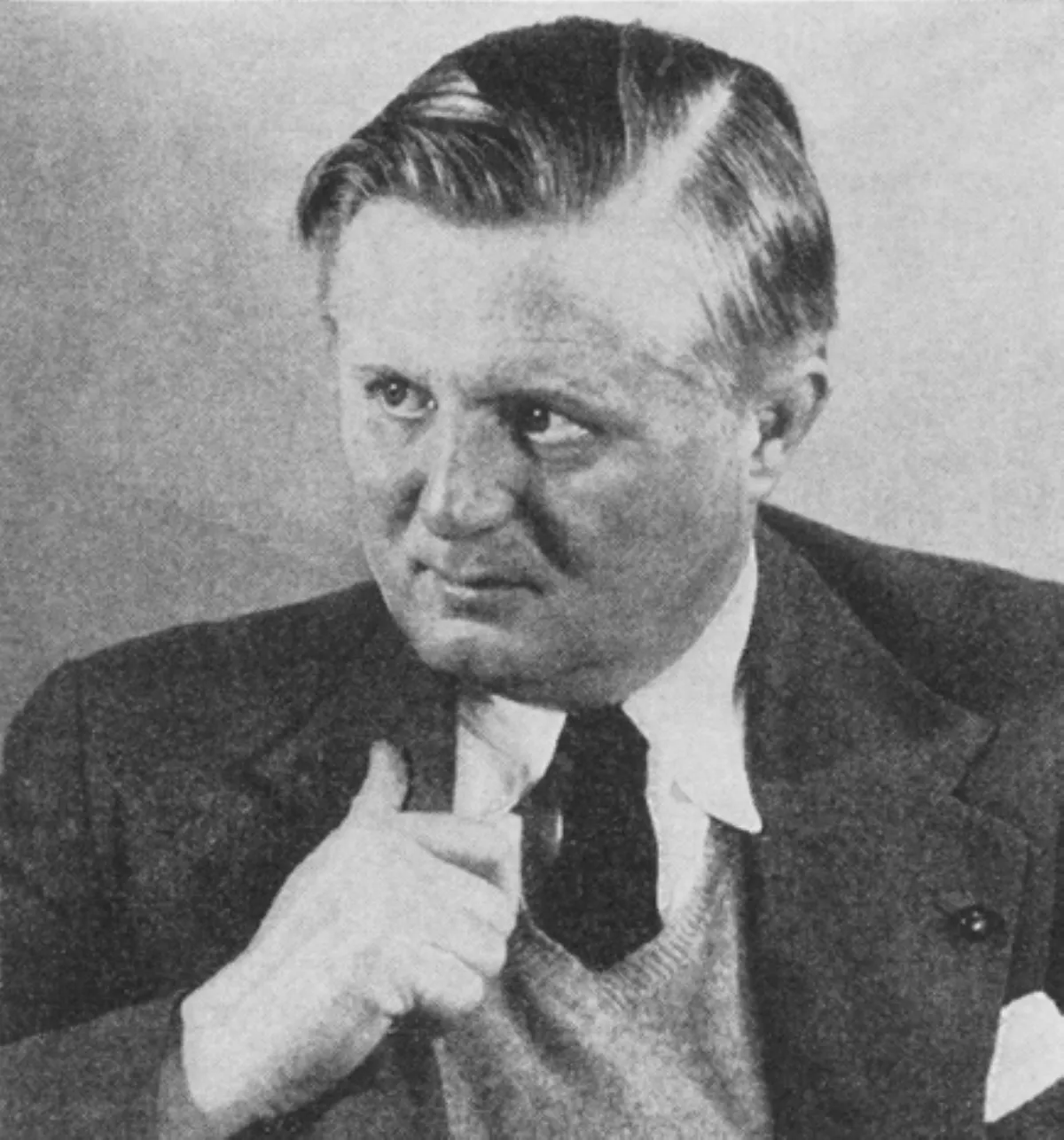 1.
1. Fritz Busch conducted in New York and London, but his main bases were Buenos Aires, where he was in charge at the Teatro Colon for several opera seasons in the 1930s and 1940s; Copenhagen and Stockholm, conducting the Danish Radio Symphony Orchestra and the Stockholm Philharmonic; and Glyndebourne in England, where he was the founding musical director of Glyndebourne Festival Opera working together with the stage director Carl Ebert.